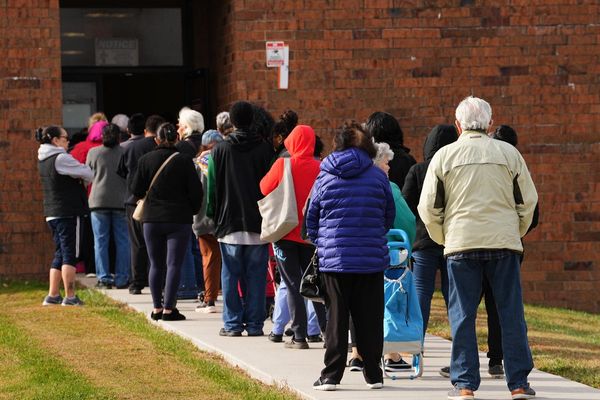
In 2020 the Morrison government allowed Australians to raid their superannuation to get through during the pandemic. This week Scott Morrison proposed letting people raid their super for a home deposit.
Helping people own their home is an important social good. But the latest data on superannuation savings and drawdowns – graphed below – shows how early access to super in the pandemic has already widened the retirement savings gap between men and women.
Allowing early access to superannuation as a housing policy risks increasing inequality and widening the gender gap between men and women in retirement even further.
How much super do most Australians have?
The first graph shows median superannuation savings by gender and age from the Australian Bureau of Statistics’ most recent survey of Household Income and Wealth (published in April).
This survey covers the 2019–20 financial year and includes the first part of the federal goverment’s COVID-19 early super release scheme, which ran from April to December 2020. The scheme allowed a A$10,000 withdrawal before June 30 2020, and a further $10,000 after. A total of $38 billion was withdrawn, with $20 billion of that in the 2019-20 year.
Median rates are a better reflection of the “average” than the mean, because the latter can be easily skewed upwards by a small number of very high income earners. The mean super balance for the 25-34 age group, for example, is $42,000 for men and $34,500 for women, compared with the median of $25,500 and $22,000 respectively.
It is worth noting what this implies for the Coalition’s super home buyer proposal, which would allow up to 40% of super to be withdrawn for a home depsit. Based on 2019-20 numbers, for those aged 25 to 34 with median super balances this would amount to $10,200 for men and $8,800 for women.
Who’s most likely to withdraw super?
The next two graphs shed light on who is most likely to draw down their super when given the chance. This data comes from the latest instalment of the Household, Income and Labour Dynamics in Australia (HILDA) survey, published in December 2021. The focus is on those aged 18-64.
HILDA is a nationally representative longitudinal survey, which means it surveys the same people each year. In 2020 it asked 17,000 survey participants if they withdrew any superannuation under the COVID-19 scheme, and how much.
Not surprisingly, those on lower incomes, with lower educational qualifications, who were renting and had lower financial literacy, were more likely to have withdrawn super. Those aged 25-34 were most likely to withdraw.
Estimates based on HILDA data show that 12.7% of men and 9.5% of women made a withdrawal in 2020. The mean amount withdrawn was $12,758 for men and $10,264 for women. The median amount withdrawn by both groups was $10,000.
À lire aussi : Who really wins and loses from first homebuyer schemes? What you need to know as a buyer, owner or renter
In interpreting these numbers we must factor in that women tend to have lower balances from which to draw, and that those in greater financial need are more likely to withdraw their super if allowed.
The pandemic has widened the gender gap
These factors are reflected in the next graph showing the gender gap in super balances has widened between June 2019 and June 2021. These numbers are based on data from the Australian Prudential Regulation Authority published in January 2022.
These male-female differences in superannuation savings are large, and the gap increases with age. It means women, on average, retire with significantly less savings than men and face greater economic insecurity in old age.
To ensure greater equality in retirement incomes, we need policies to eliminate gender-based wage discrimination, as well as pay superannuation contributions during paid parental leave.
We also need to ensure that super contributions are appropriately preserved until retirement.
À lire aussi : Yes, women retire with less than men, but boosting compulsory super won't help
Housing affordability is a serious problem, and supporting Australians to achieve home ownership is an important goal, as is assisting them meet financial needs. But early access to superannuation is not the way to do it.
Alison Preston ne travaille pas, ne conseille pas, ne possède pas de parts, ne reçoit pas de fonds d'une organisation qui pourrait tirer profit de cet article, et n'a déclaré aucune autre affiliation que son organisme de recherche.
This article was originally published on The Conversation. Read the original article.







